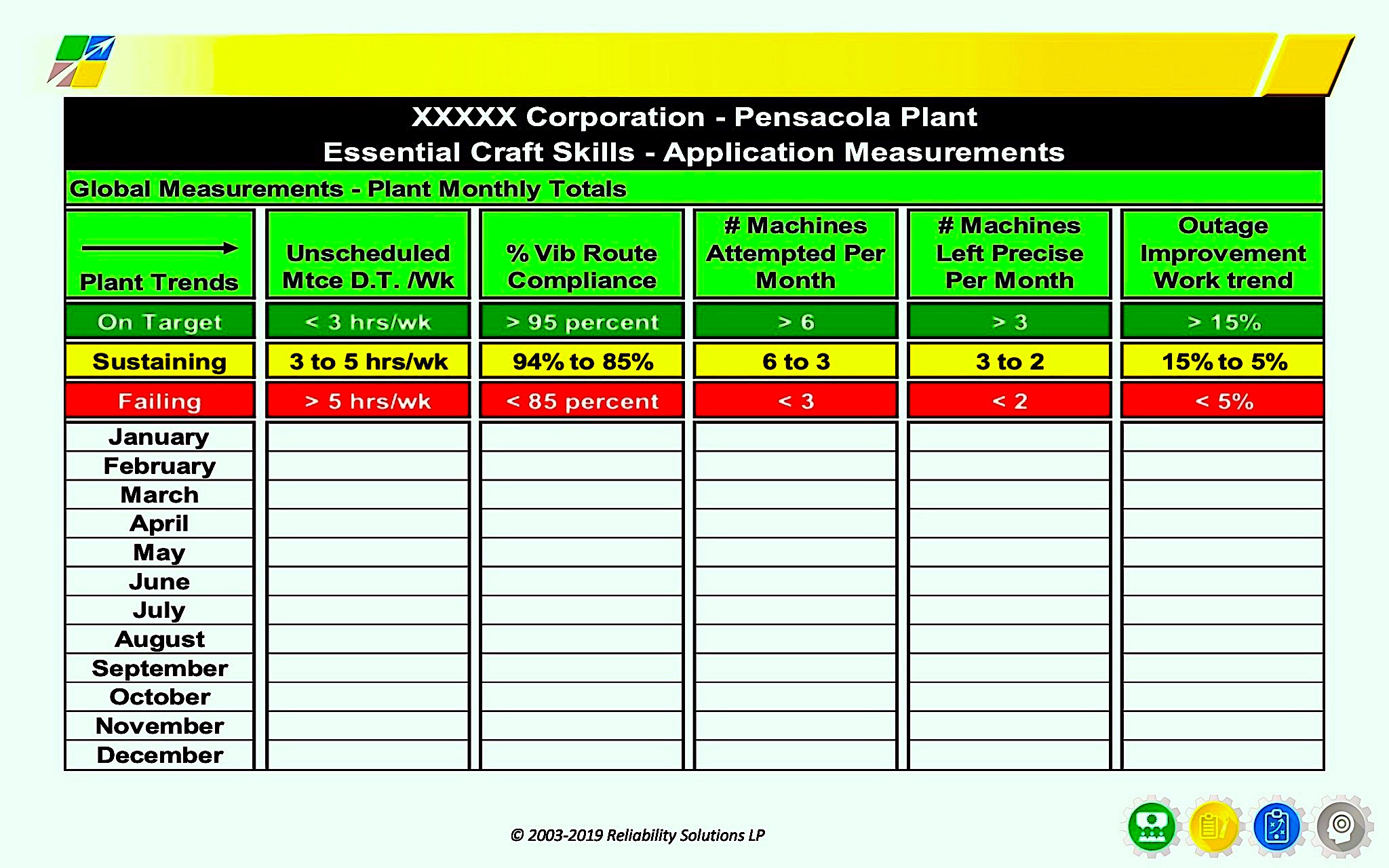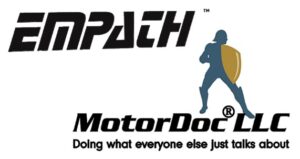In the last week’s article (Aug. 3, 2020), we discussed how to develop the strategy for implementing precision maintenance in a plant. This included setting strategic, tactical, and application goals and metrics. These goals set out what we are going to try to do, and the tactical metrics define the activities we need to perform to support the strategy. The next step is to build a systematic plan to roll out the precision-maintenance effort. There are four main elements in that plan: pre-work and preparation; training (if required); precision-work execution; and documentation.
Pre-work and preparation involves machine selection; laying out the plan and developing scorecards; ensuring the correct tools are available and planning and scheduling the work. Here, we focus on the first two activities.
SELECTING MACHINES
First, we need to select candidate equipment for improvement. While it would be nice to apply precision across the board, it is not practical, and overwhelming to try this at first. We should carefully select candidate machines for improvement. Risk reward comes into the decision making process here as It is vital to get early successes. So while it may be tempting to attempt to improve the large, super-critical, long-time bad actor, with the attendant rewards that brings, the risk of not succeeding is high (and bad-actor machines often have multiple and complex issues). Therefore, this type of machine is best left until some experience is gained.
Various criteria can be used to select machines to put on the bad-actor list, including vibration levels and high maintenance costs/large production impacts, among other things. Initially, you’ll want to select machines that are easy to access (possibly spared) and don’t require a major outage to work on them. Later, when the precision-maintenance-implementation process has more momentum, you can graduate to your higher risk equipment.
Ideally, machine-selection candidates will have high vibration in the lower frequencies (1-10 x rpm) this indicates simpler mechanical problems, such as alignment, balance looseness, etc., and, accordingly, a good probability of success. Consult area leaders and supervision for their input into bad actors. Then, if you fix a problem they have been having, you will help create vital advocates for the precision-maintenance process.
THE MONTHLY PLAN & SCORECARDS
Once we have selected machines, we need to lay out a weekly/monthly plan. Whatever the strategic goal is, we break it down into a monthly scorecard that we can manage. As an example, experience shows us that average plant/area- wide vibration levels usually relate to unit maintenance costs. Therefore, one common strategic goal is to reduce average plant/area vibration levels by xx%. To make an impact on average plant vibration, we need typically to place +-30% of machines in a precise state.
For instance, based on plant size and what the team thinks is achievable, say we want 30 machines in a precise state by the end of the year. Having made this decision, we can determine that we need to have between two and three machines in a precise state per month. That becomes a scorecard we can manage. Typically, at first the success rate in precise state is 2:1. So, if 30 machines are in the mix, we need to make 60 attempts. Again, that would relate to 5 attempts per month. Thus, the number of attempts per month becomes a leading indicator that can be managed through a score card. The monthly score cards, in turn, roll up to the annual (strategic) metrics
We apply this same thinking to each of our strategic metrics. Here’s an example of a typical score card.
FINAL THOUGHTS
So the key message this week is to build a plan based around the strategic and tactical metrics you have defined. Initially, be sure you select machines where success is likely and results are measurable.
In addition, always consult area managers and supervisors to see where their pain points are and, if possible, address them. Finally, build out monthly score cards that roll up into your strategic goals and use them to manage the day-to-day application work.
Next week, we’ll cover the tools required for precision maintenance.TRR
ABOUT THE AUTHOR
Tim Dunton is the Director of Product Development and thought leader for Reliability Solutions, a UT-RMC training partner based in Northwest Florida. He has over 40 years of experience in vibration analysis and technical training related to the reliability of rotating machinery, including extensive work and qualifications in machinery troubleshooting, problem-solving, and condition-monitoring program design, implementation and operation. His background also includes significant experience in workforce development, curriculum development, instructional design, and Reliable Manufacturing. Dunton holds DTI Class 1 Certification, CMRP, and CMRT Certifications. Email: timdunton@reliabilitysolutions.net.
Tags: reliability, maintenance, availability, RAM, maintenance management, change management, workforce issues, skills development, training and qualification




